The 10 Most Killer Rides Of The ’90s, Ranked
The decade when things started getting really good again.
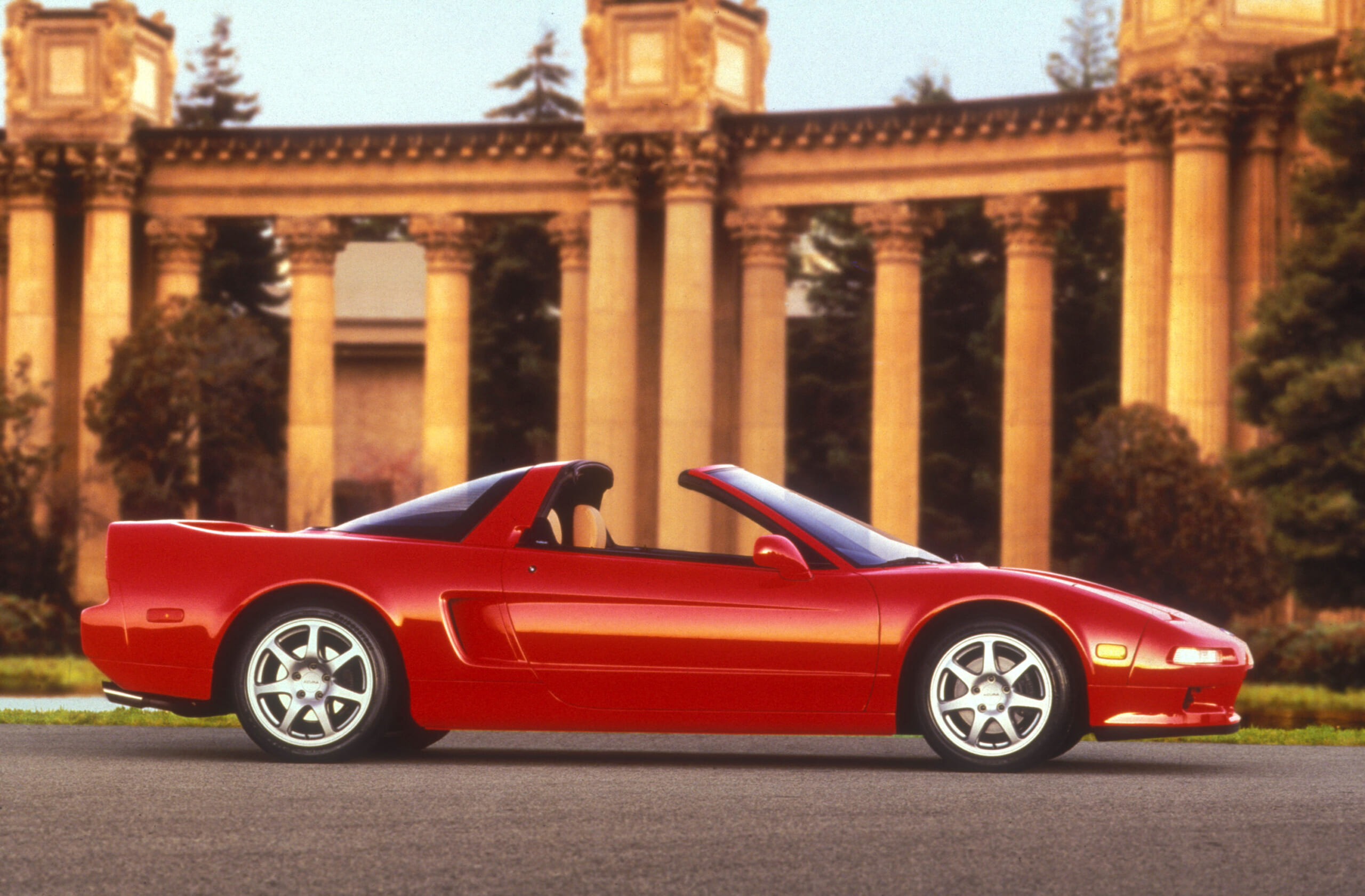
Hollywood was red-hot in the 1980s, turning out classic films we still love today, so the film industry hit the ’90s at full stride. The car industry, on the other hand, dragged through the ’80s trying to recover from the doldrums of the ’70s.
So the automotive industry really kicked it into gear in the ’90s and cranked out some truly great rides like the ones below.
Super-exclusive exotic cars are cool pretty much whenever they were built, so we’ve mostly left them off our list. But we did find room for a couple newcomers that broke into that business in the 1990s. Here are our ten favorite rides from the decade of grunge music , flannel shirts and Polaroid pictures.
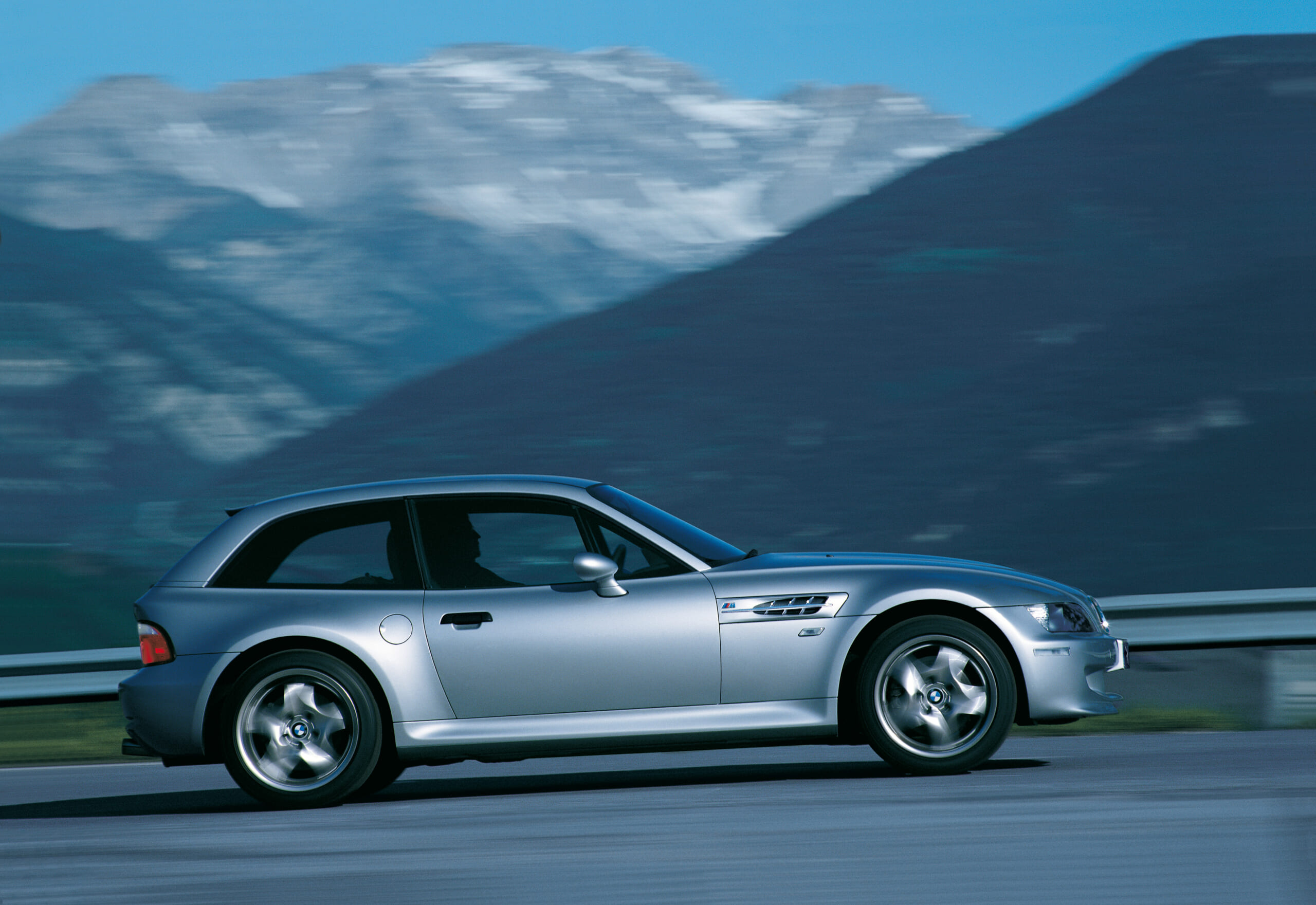
10. BMW M Coupe
Responding to the success of Mazda’s Miata roadster, BMW joined the fun with the 1996 Z3 sports car following its film debut in the James Bond flick, Goldeneye. The open top provided al fresco excitement but the lack of a roof undermined the strength of the car’s frame, wrecking its handling.
That’s bad for a sports car, and it would have been exacerbated by the added power of the high-performance M version. BMW addressed the problem by welding a roof on the M Coupe.
The result was the M Coupe’s memorable “clown shoe” profile that limited the car’s appeal only to true gearheads who appreciated its performance and handling, to hell with funky aesthetics.
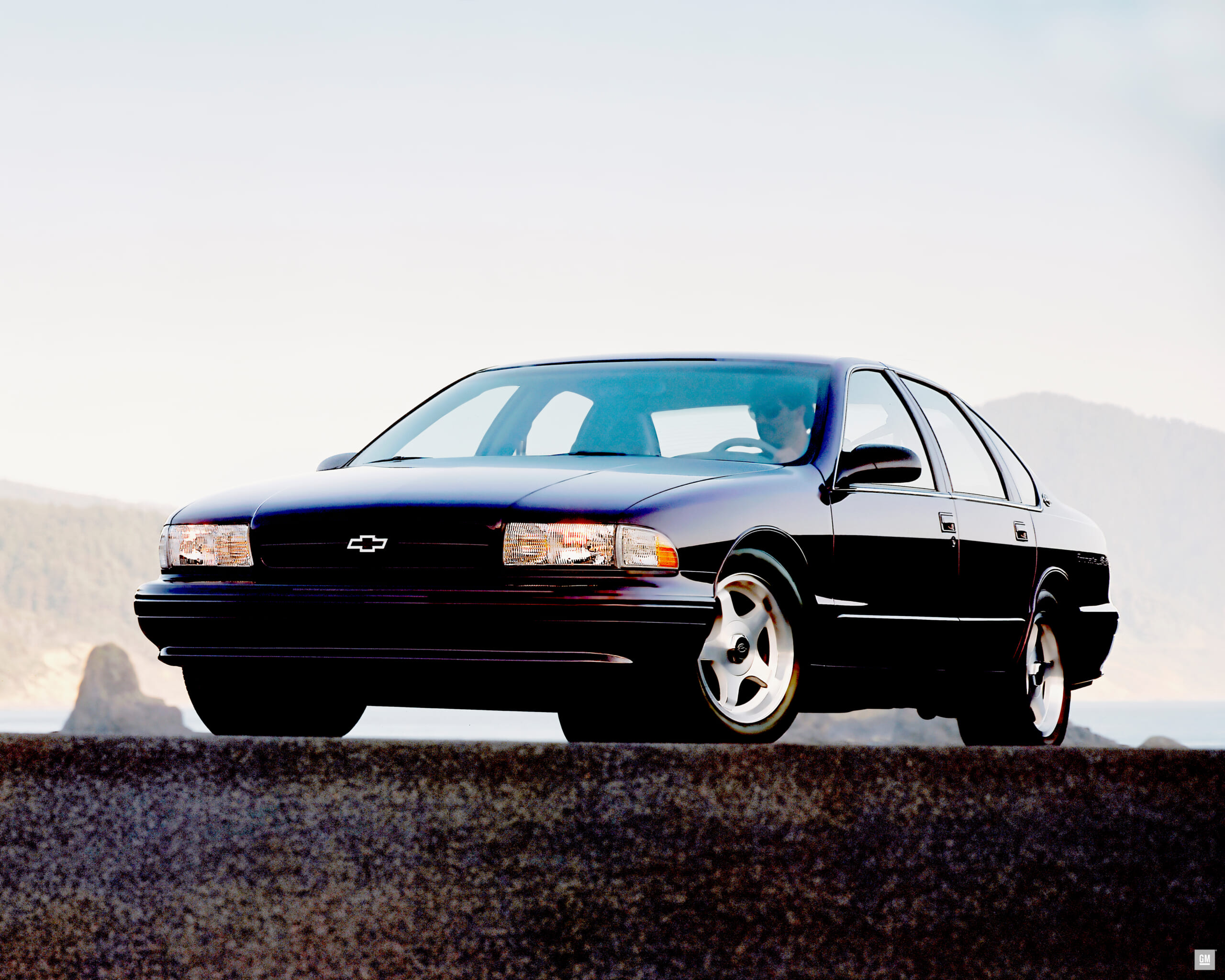
9. Chevrolet Impala SS
As the U.S. auto industry emerged from the lackluster ’80s, it dawned on someone at Chevrolet that it would be a good idea to return to the idea of building a proper V8, rear-drive muscle car. The Caprice Classic’s police interceptor version already had all the right ingredients, what with its “cop motor, cop tires, cop suspension” as Elwood Blues said.
The result was the Impala SS, available in an awesome black and a just-a-little-too-brown Dark Cherry and the puzzling Dark Gray Green, rolling on aluminum wheels and powered by a 260-horsepower 5.7-liter LT1 small block V8.
These cars remain as cool as ever and they are super easy to update to a modern LS small block for twice the muscle. Hemmings magazine says they now go for around $11,000.
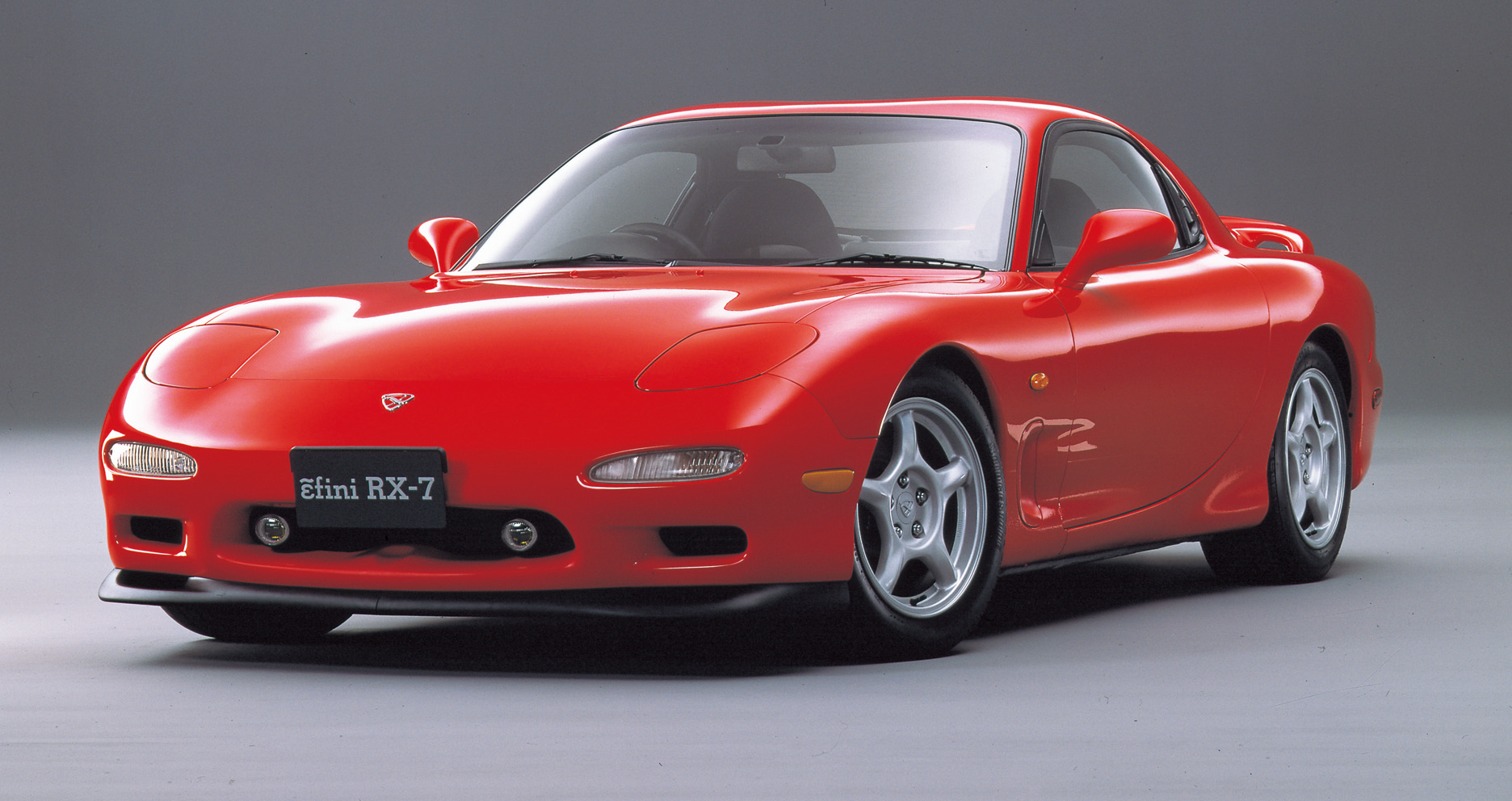
8. Mazda RX-7 Twin Turbo
Mazda’s third-generation RX-7 is often considered the car that car magazine journalists built. The twin-turbocharged rotary engine packed an impressive punch from an engine the size and shape of a beer keg lying on its side.
That engine and careful engineering by Mazda kept the RX-7’s weight low. It was also built with track-ready steering, suspension and brakes. Unfortunately the combination of enthusiastic drivers and fragile engines has left original stock RX-7s a virtually non-existent vehicle.
When shopping for one, look for low mileage, avoid signs of frequent track use and investigate the credentials of the shop that built its engine, because none of them are still running on their factory-original engines.
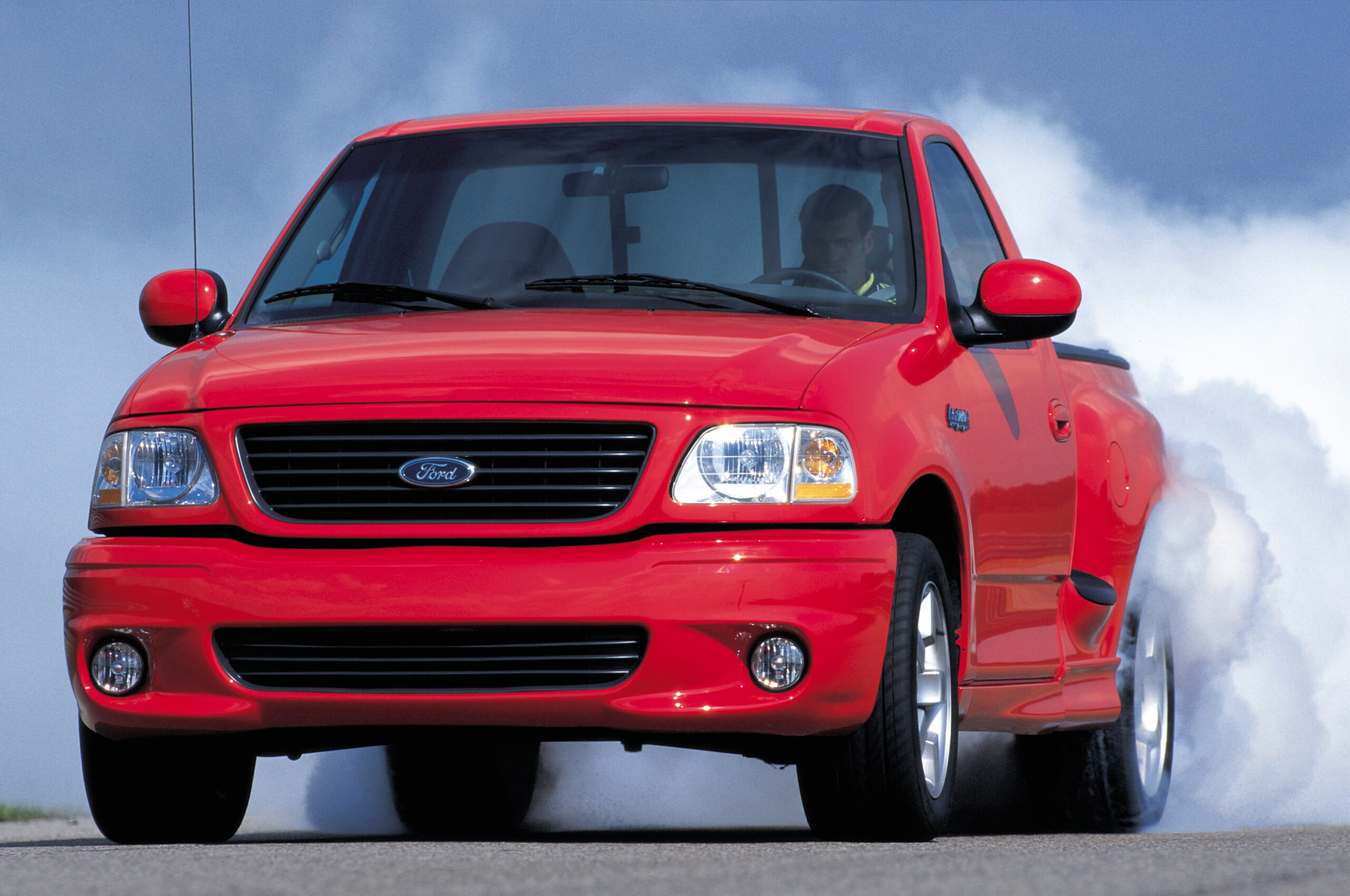
7. Ford F-150 Lightning
Ford got the notion of building a hot pickup truck along the lines of the previous Dodge Lil’ Red Express and the GMC Syclone, producing the F-150 Lightning of 1993-’95. That truck faded away without notice.
But Ford’s SVT division thought that with the new body style F-150 that came out in 1997, they had something to work with to build a special machine. They bolted in a supercharged 380-horsepower V8 engine and tuned the suspension for handling like no pickup truck had ever delivered.
The new Lightning arrived in 1998 as a ’99 model and lasted into the early 2000s. If you like trucks, it is hard to find one better, though they were only available in regular cab body styles, which limits their utility for drivers who want to be able to carry passengers even occasionally.
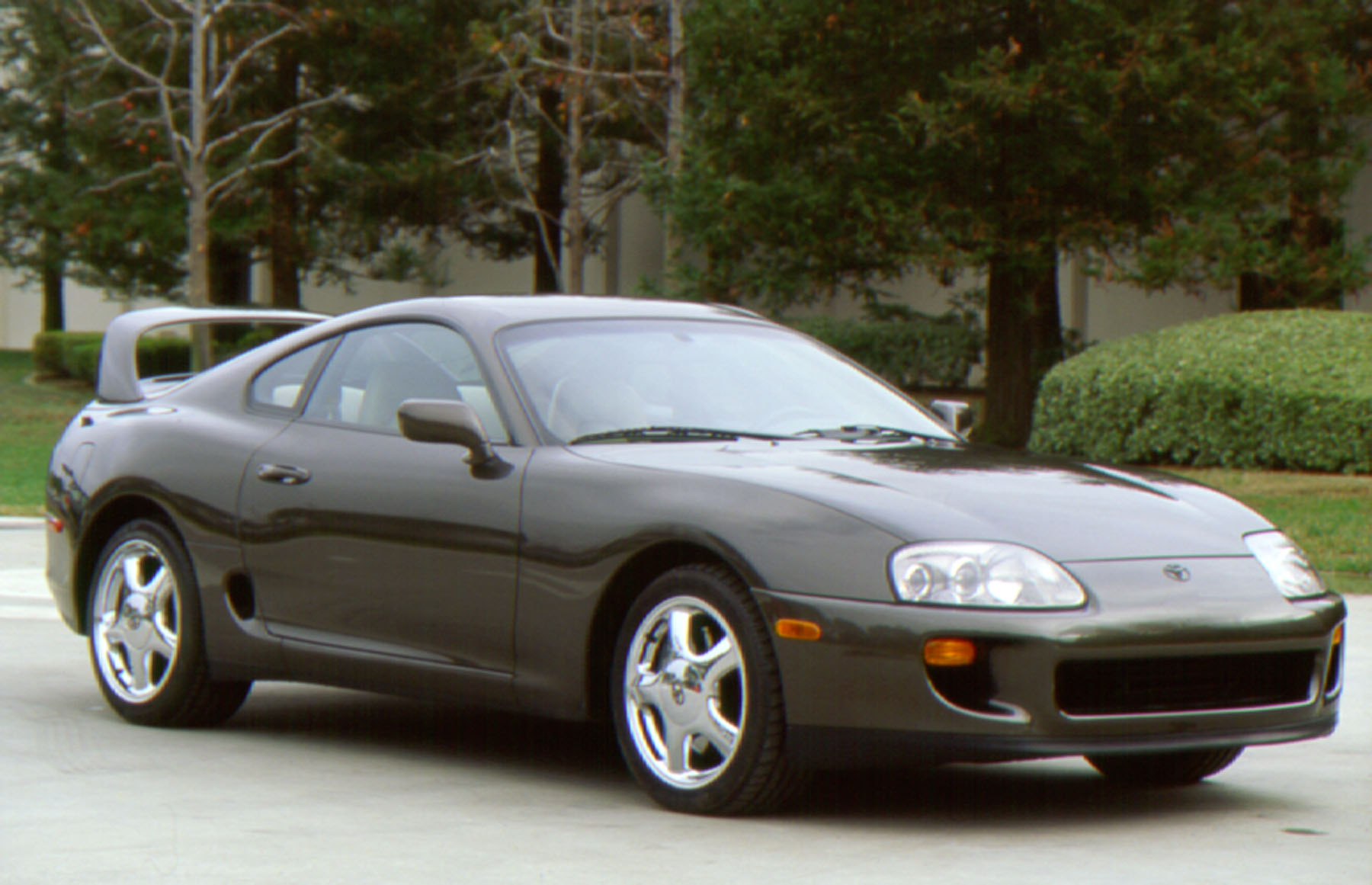
6. Toyota Supra Turbo
Toyota sought to make a technical statement with the Supra, as the company contended with rivals from Nissan and Mazda. It succeeded, but the arms race between the companies produced three losers when the amazing cars that resulted proved to be more expensive than customers were willing to pay at the time.
Sluggish sales then mean that there aren’t a lot of the cars around today. But the 1993 Supra Turbo’s 320-horsepower 3.0-liter inline six-cylinder engine vaulted the car to 60 mph in just 4.6 seconds, according to Car and Driver magazine’s test that year, while the RX-7 and 300ZX needed 5.0 seconds.
Toyota fought the good fight, offering the Supra in the U.S. until 1998 before pulling the plug. It continued to sell in Japan until 2002. If you want to experience the perfect primary balance of a worth inline six engine, an old Supra is a great choice.
They were expensive when they were new, and remain so today, with asking prices of $79,000 for cars listed for sale by Hemmings.
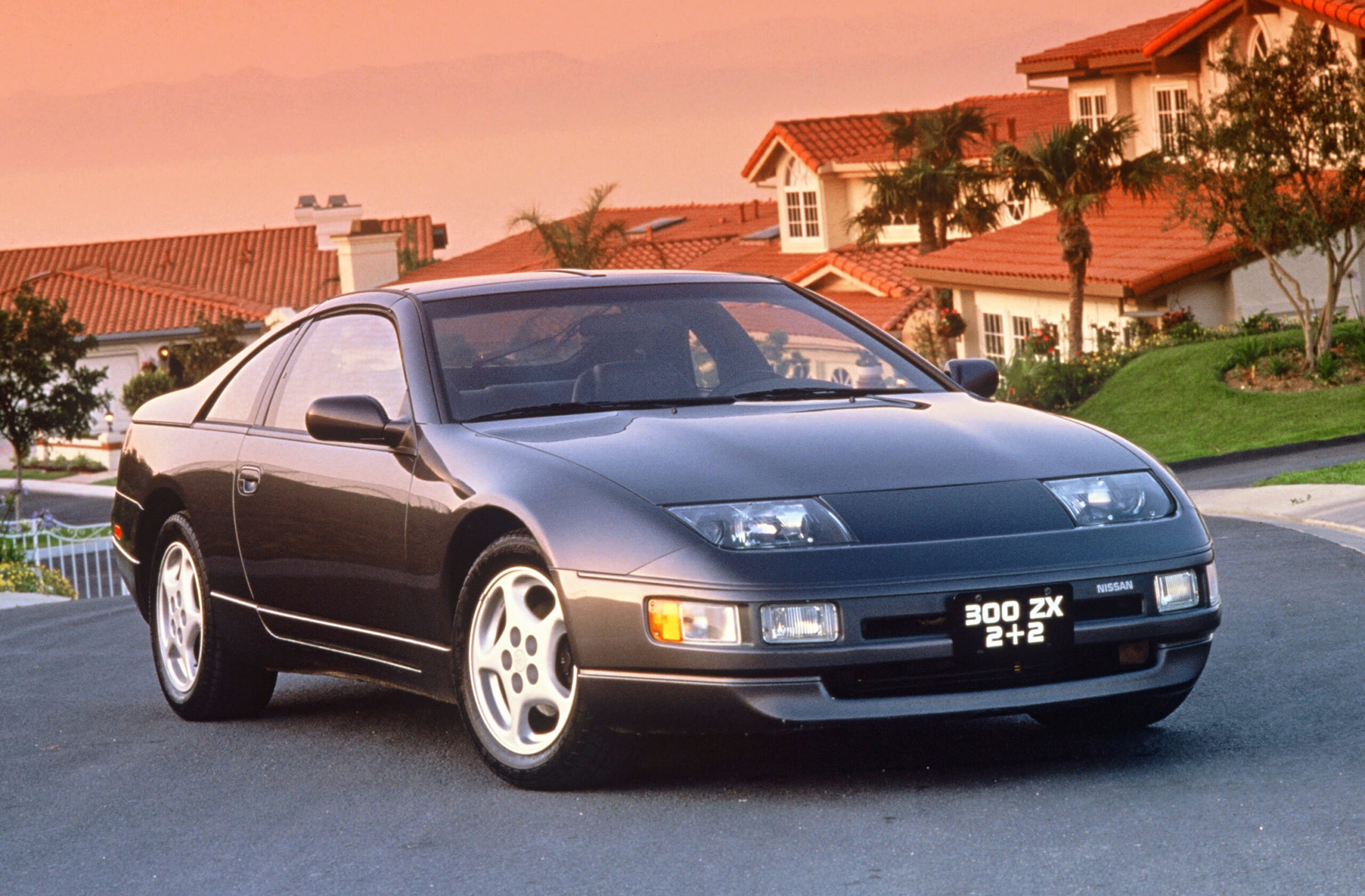
5. Nissan 300ZX Twin Turbo
The Nissan 300ZX Twin Turbo, with its 300-horsepower 3.0-liter V6 engine was a styling masterpiece whose appeal has endured in the decades since it arrived in the U.S. as a 1990 model and departed in 1996.
Aside from its gorgeous look, the 300ZX’s aura is best reflected in this Nissan commercial for it at the time.
Our friends at Motor Authority had a chance to drive a ’96 300ZX with fewer than 500 miles on it a couple years ago and came away with this impression: “It still looks fresh, and provides a driving experience that many modern cars can’t match. It oozes character and makes a raspy sound that continues to put a smile on this auto enthusiast’s face.”
And that is why the 300ZX is one of the top cars of the decade.
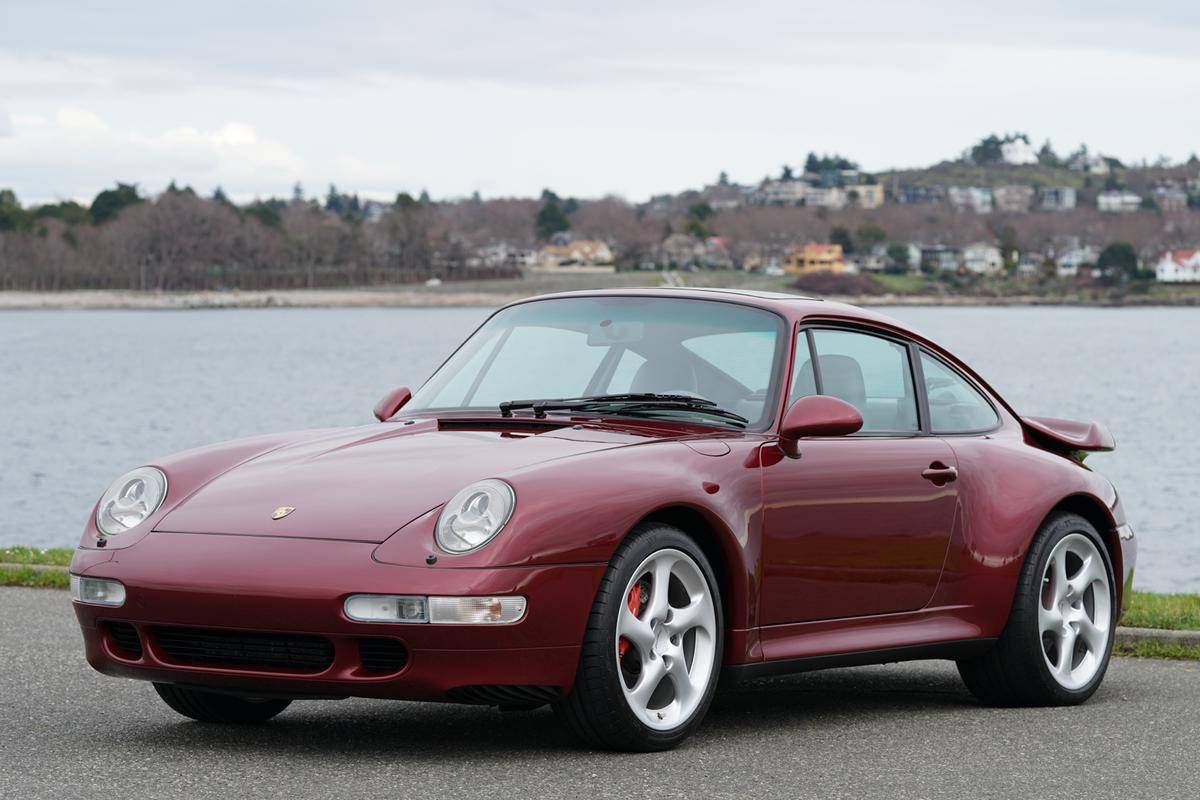
4. Porsche 911
When the original air-cooled Porsche 911 of 1964 finally reached the end of its lifespan in the 1990s, it went out as a version code-named ‘993.’ This was the zenith of sophistication and to some the ideal 911—before it turned to water cooling and gained somewhat puffy styling with the advent of the next-generation ‘996’ car in 1998.
Car and Driver dubbed the 94-’98 911 as Porsche’s “Goldilocks car” for its ideal balance of traditional design and modern technology. This has kept them from participating in the usual dip in value that occurs before something becomes a beloved classic later in life, so at 20 years old, Hagerty Insurance says that a 911 coupe in good condition is worth about $55,000.
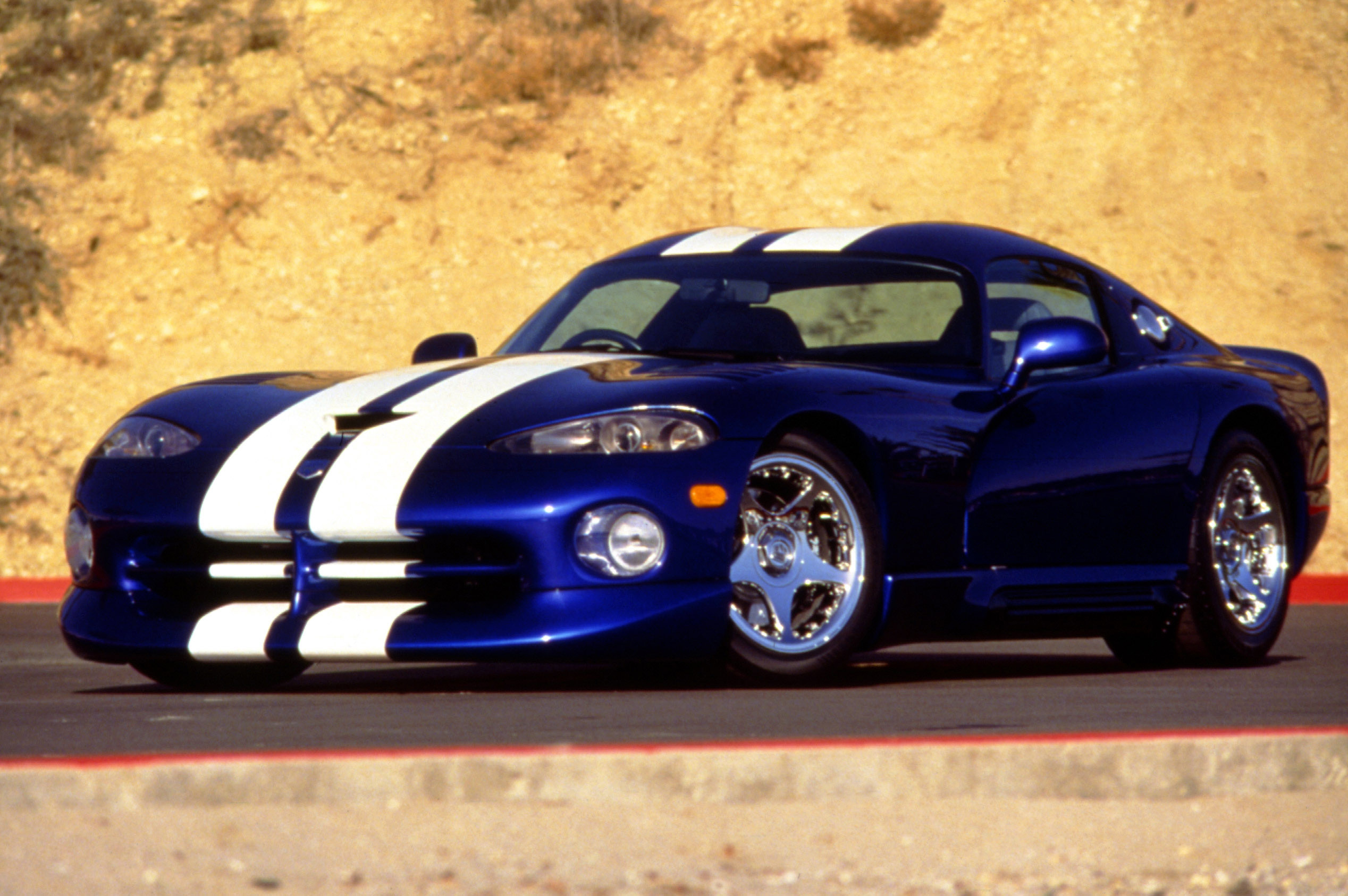
3. Dodge Viper
The Dodge Viper exploded heads when it arrived in the 1990s, boasting a 400-horsepower V10 engine and a shamelessly phallic design.
The Viper R/T10 roadster debuted in 1992 with bare calf-roasting side-pipe exhaust bluster. It was rushed to market on the budget you’d expect from the perpetually bankrupt Chrysler Corporation, so it was not a great car.
But the splash it made gave boosters within the company the leverage to build a practically new car under the guise of developing a closed roof coupe edition of the Viper.
This car is the 1996-2002 snake you want, with its drastically upgraded suspension and 415-horsepower in both roadster and coupe body styles. You won’t find a more incredible-looking ride than the coupe in the throwback blue-and-white paint scheme.
Kelley Blue Book says you can expect to pay about $27,000 for a 1998 Viper GTS coupe in good condition, which is a bargain for such an icon. If you want to know what life is like driving one, check out the experiences of Autotrader’s Doug De Muro, who bought a 1997 Viper just to post videos about living with the Viper. He paid $37,000 for his car.
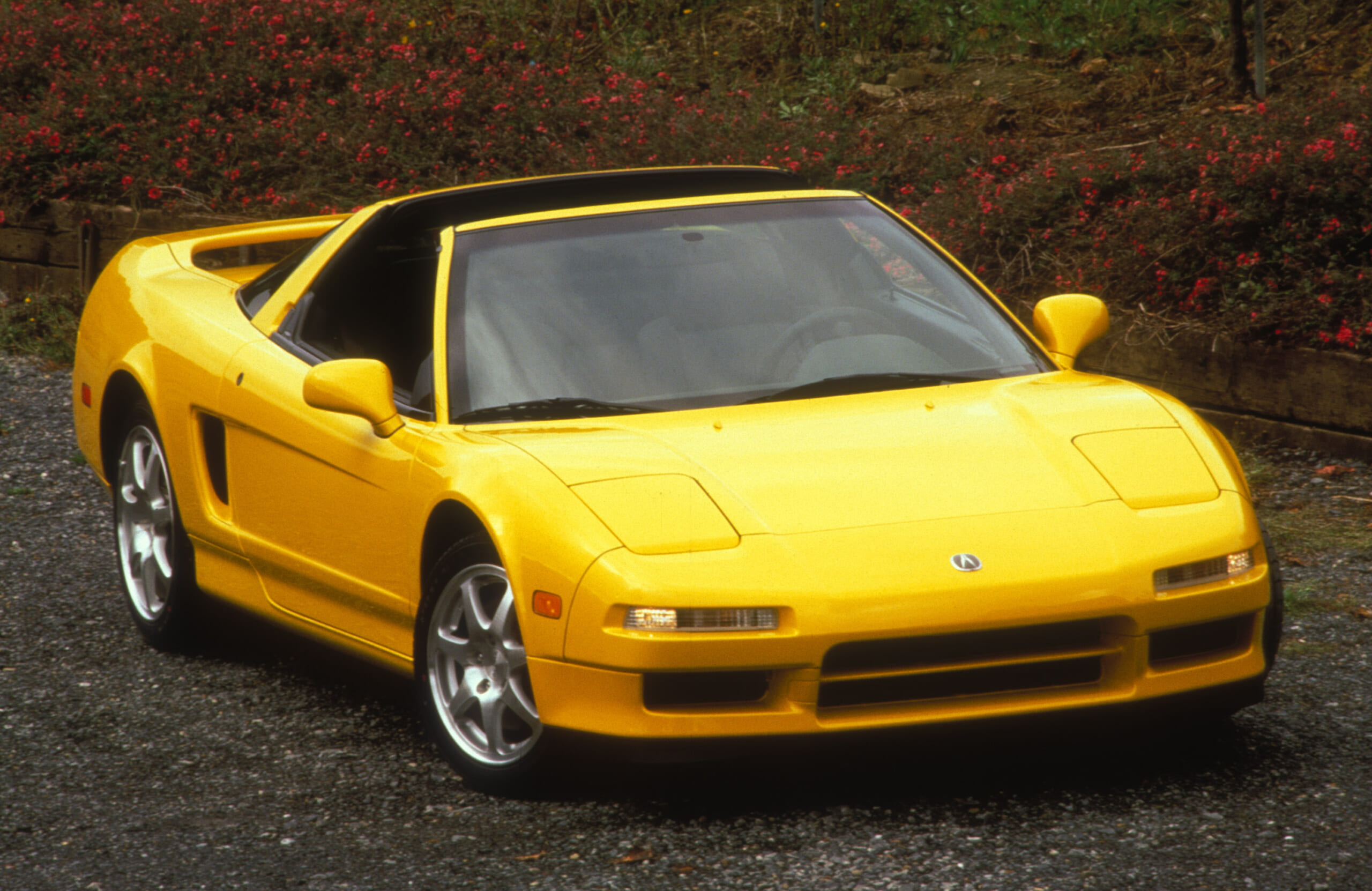
2. Acura NSX
Until the Acura NSX debuted in 1990, no Japanese brand had ever attempted to build a true high-performance sports car. Internet haters who know only the NSX’s spec sheet will insist that they didn’t accomplish it with this car either.
But in typical Honda fashion, the NSX is greater than the sum of its parts, because its parts are so thoughtfully considered and cleverly integrated. In that way, the new 2017 Acura NSX carries on the tradition, because again, it doesn’t feature overwhelming horsepower, but it is so well designed and tuned that it is easy to drive fast.
However the NSX suffers a complete lack of respect on the road, with annoying Fast and Furious wannabes trying to race you at ever traffic light. The same people scatter at the sight of the Viper, in contrast.
It is because the NSX had a naturally aspired 3.0-liter V6 engine rated at 270 horsepower. But the car’s spectacular handling makes even the clumsiest driver look like an expert, and its slippery aerodynamics contribute to track speeds similar to the Viper and Porsche 911, despite its power deficit.
You will never drive better than when you are that wheel of an NSX, because the car does exactly what you want, which isn’t something many cars accomplish.
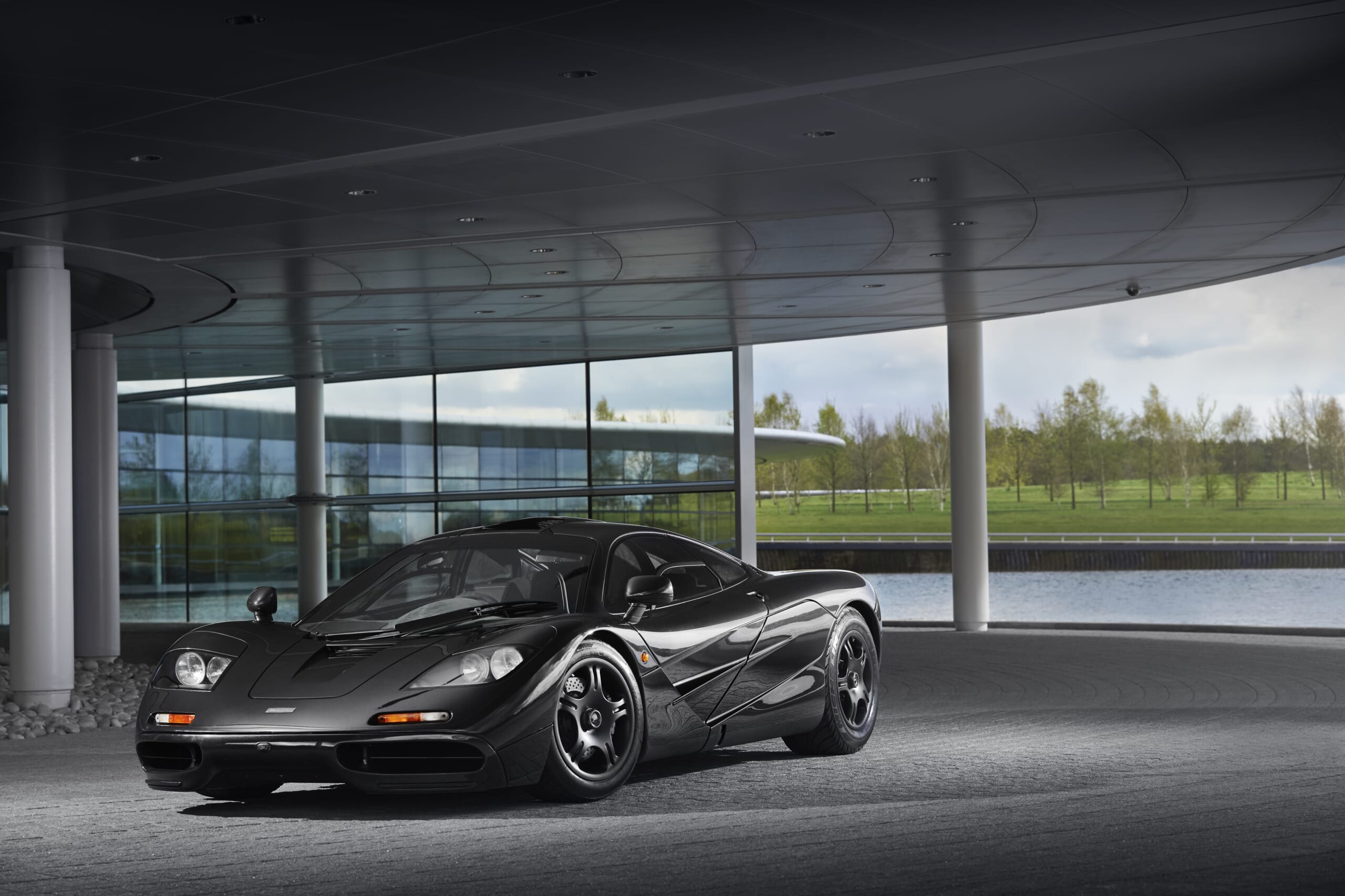
1. McLaren F1
When Formula One racing team McLaren decided that it wanted to follow Ferrari’s example and look at building road cars to leverage its brand name and create a new revenue stream, the result was the F1.
This unorthodox car put the driver in the center of the cab (just like in McLaren’s F1 racers), flanked by two rear seats in the usual positions.
True to its racing roots, when McLaren did decide to race the F1 and it won the 24 Hours of Le Mans sports car race. Along the way it also recorded what was then the fastest top speed ever by a production car. These achievements combined with sleek design to put it on the bedroom walls of a new generation of kids.
The company built 106 F1s between 1992 and 1996, and today they sell for absurd sums. But it is hands-down the top car of the 1990s and gave birth to the whole line of excellent McLarens in use today.
